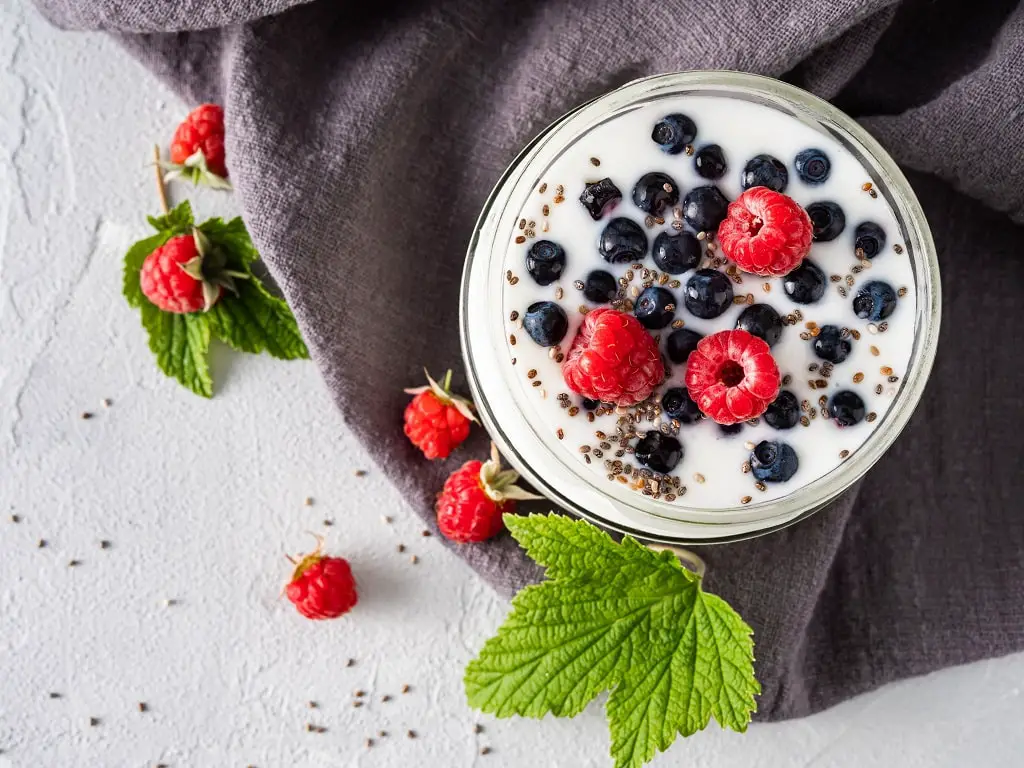This post contains affiliate links. When you buy through our links, we may earn a commission.
Are you sick of curdled milk?
Curdled milk spoils the taste of top soups and sauces. Lump formation spoils the textures of your dish.
It is not recommended to consume curdled milk as it can create health issues.

There are multiple ways to eliminate the milk curdling. So, if you pay proper attention, then diary dishes are the best.
Let’s explore more information about milk curdling and safety measures to reduce it.
What Does Curdle Milk Mean?
Curdle milk means when milk gradually turns into concrete. It mainly forms clumps when you store milk in the refrigerator for a long time. It turns into curd or lumpy solid masses.
Overgrowth of bacterial degrades the real textures of milk. As a result, it lowers down the flavor, quality and consistency of milk.
When the milk starts curdling the taste changes, it generates rancid odor with an unpleasant foul smell.
The naturally sweet taste of milk disappears. It then develops strong acidic or sour flavor.
The texture and color also change. You will find the yellow color, chunky texture slimy and dingy.
Is Curdled Milk Safe To Drink?
Technically drinking curdled milk is not recommended. You may feel an unpleasant taste and odor from the spoiled milk. If your digestive system is weak, you may suffer from stomach pain, vomiting, diarrhea or nausea.
Drinking curdled milk is not suitable for health. Most of us reject drinking curdled milk because of its foul smell and taste.
It is a perfect decision not to drink curdled milk. The unpleasant taste of spoiled milk can cause various health issues.
You may suffer from food poisoning problems, uncomfortable digestions, severe stomach pain, vomiting, nausea and diarrhea.
Suppose if you unknowingly take a sip of curdled milk, then it is normal—no need to worry about. However, never consume it in large quality as it can cause abdominal cramping.
Why Does Milk Curdle When Heated?
When you heat, milk starts curdling because of acidic reaction. The milk proteins oversaturate and gain noticeable curdling when the heat is applied.
When we heat cold milk quickly at high heat, the proteins tend to break out. The charge in the protein molecules loses its stability and creates solid lumps. This is the process of curdling when milk is heated.
While preparing dishes with the dairy product, we hence to keep a perfect balance. It helps in eliminating milk curdling.
Dishes with dairy products spoil the test of the dish. So always try to use specific tips and tricks to protect the milk from curdling.
What Causes Milk To Curdle When Cooking?
Milk Curdles when cooking because the science behind Curdled milk is a mixture of water, butterfat and proteins. When we boil the milk, the above mixture brakes apart. The milk proteins turn into solid lumps and eliminate the water from it.
Scientifically milk is not a single substance. It is made up of a complex mixture of various ingredients. Milk is very delicate to hold its components together.
Mainly milk contains water with a large quantity of fat, sugars, proteins and minerals. Under microscopic view, you will find tiny pompoms of proteins.
Proteins come with a large number of thin tendrils on its structure in all directions. Proteins react with electrical forces because they hold a charge in them.
When we add some electrical charge in the form of Acidic ingredients, the proteins lose their stability. These process starts curdling of milk.
How To Prevent Milk Curdle?
Milk curdling is one of the common issues that most of us suffers. Milk containing sauces usually curdle when boiled.
So here are some best tips that you can try to prevent the milk from curdling.
1. Never Boil the Milk
Boiling is the real culprit behind all milk curdling. It is essential to heat the milk at low flame.
Heating or boiling milk quickly using high flame tends to curdle.
So never try boiling milk at high flame. If you want the best sauce and soup always heat the milk gently. Using medium to low heat is the best cooking habit.
2. Use Starch as Stabilizers
Starch is a common ingredient everyone uses in his or her daily cooking needs. Do you know it also acts as Stabilizers?
Surprised! Yes, you can use flour or cornstarch to stabilize your milk emulsion efficiently.
It prevents milk proteins from separating. It eliminates the risk of curdling.
It is one of the best techniques that you can use for thickening your soups or sauce. Adding milk at the end is the best move to perform.
3. Eliminate the Usage of Strong Acids
It is widespread that most soup and sauce recipes include acidic ingredients. Mainly it contains tomatoes, wine or lemon juice.
Well, my dear friend acids force the milk to curdle. So, what to do next?
To reduce the effect of acidic, try adding starch with the acidic ingredients.
4. Should Temper the Milk
Adding cold milk directly on top of hot liquid spoils the texture of the milk. It also increases the risk of milk curdling.
Nothing to worry reverse the process a bit. Now you have to pour the hot liquid into the cold milk.
Meanwhile, you can heat the milk then mix it with the hot liquid. This is the perfect process of tempering. Heat the milk in a saucepan at low flame before, mixing it with hot liquid.
5. Use Heavy Creamy Milk
As we know, dairy products contain a higher amount of fat. Similarly, heavy cream or whipping cream eliminates the risk of curdling because of its fat has.
Most restaurants and eateries use the cream for making soups and sauces. You can boil soups made with cream with no curdling. It also offers richer flavor and better textures than milk.
6. Always Season at The End
Even external ingredients promote and forces milk to curdle. Adding salt at the being of sauce and soup preparation.
Well, it is important to add salt to your favorite dishes. So, for that season your soups with slats at the end.
Mostly we overcook dishes which increases the salt content in them. So, it is always suggested to season the sauces and soups at the last moment.
Well, it enhances your cooking ability and offers excellent consistency.
Conclusion
Curled milk is not suitable for health. So always try to eliminate curdled milk from your dishes.
Spoiled milk degraded the taste and quality of your dishes. So, if you want to prepare dairy-based sauces or soups try following tips we gave in above.
There are ways to improve or reuse curdled milk in innovative ways. Balance the temperature of the milk so that it can retain its uniformity without undergoing any acidic reaction.
